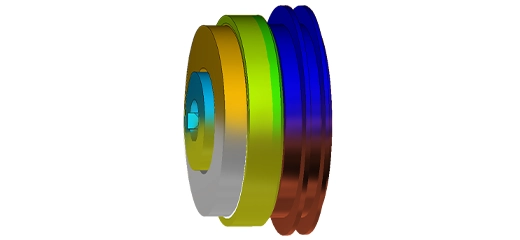What is Resonant Wireless Power Transfer?
Resonant Wireless Power Transfer (RWPT), introduced by MIT researchers in 2008, is a Wireless Power Transfer (WPT) that has compensation capacitors in both the transmitter and receiver and operating at their resonant frequency. The compensating capacitors make a big difference when compared to a WPT. They nullify the imaginary parts of the impedance seen by the source, thus, enabling the RWPT to achieve a higher output power and efficiency compared to the WPT. Such superiority is achievable not only at short distances but also at mid-range distances, relative to the coil size. No wonder, RWPT has been widely used, in recent years, in various technologies that require wireless power transfer such as appliances, wearable gadgets, mobile phones, and electric vehicle chargers, including the road-powered ones.
Design challenges posed by the RWPT
The high efficiency achieved by the RWPT happens only at the resonant frequency of the circuit. Therefore, the transmitter and receiver coils must be carefully designed to achieve the desired resonance while maintaining the losses in the coils and cores as minimum as possible.
CAD model of RWPT simulated in EMS.
The EMWorks Solution
In addition to being CAD-embedded, EMWorks has the necessary tools to achieve an efficient RWPT fast and at a minimum cost. Using the AC Magnetic module of EMS, quantities such as AC resistance and inductance, impedance, coupling factors, resonant frequency, magnetic flux density, core loss, and winding loss are at your fingertip. In addition, EMS is equipped with a built-in electric circuit simulator that makes the co-simulation to study the circuit behavior as easy as a pie. The results below are obtained by EMS for the RWPT model above.
EMS results of the current density distribution in the RWPT coils.
Efficiency versus frequency obtained by EMS for the above RWPT model.
Conclusion
Resonant Wireless Power Transfer systems offer a leap in efficiency for wireless energy applications, from mobile charging to electric vehicles. The key to unlocking this potential lies in precision tuning and minimizing losses, challenges adeptly met by EMWorks' EMS software. Its comprehensive simulation capabilities enable the meticulous design and optimization needed to fully harness RWPT's capabilities, paving the way for its widespread adoption in innovative technologies.
